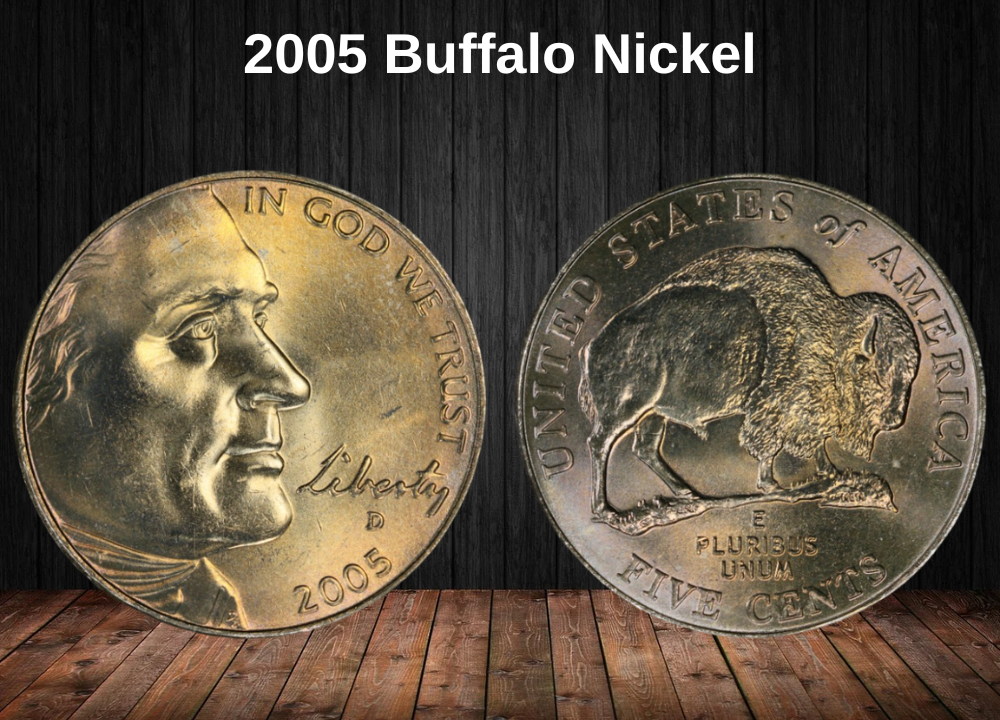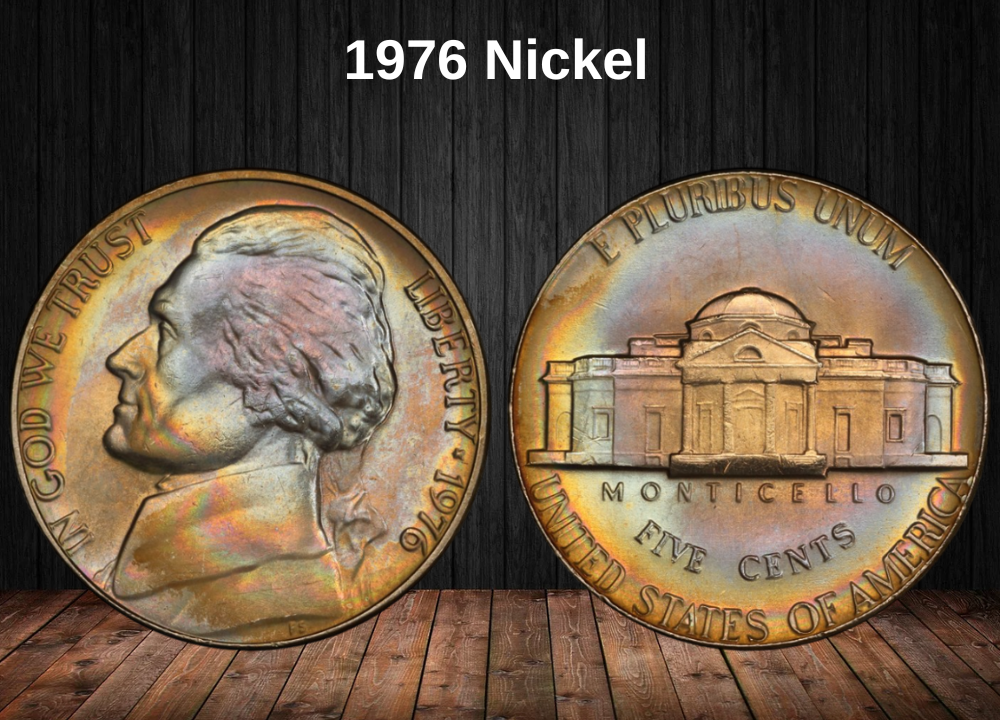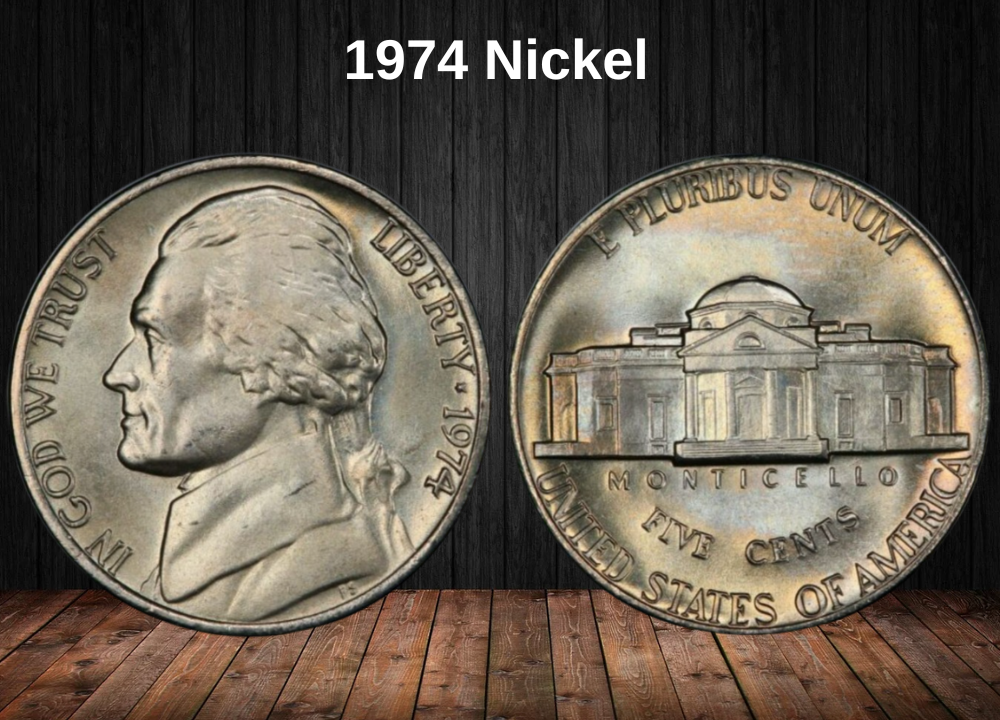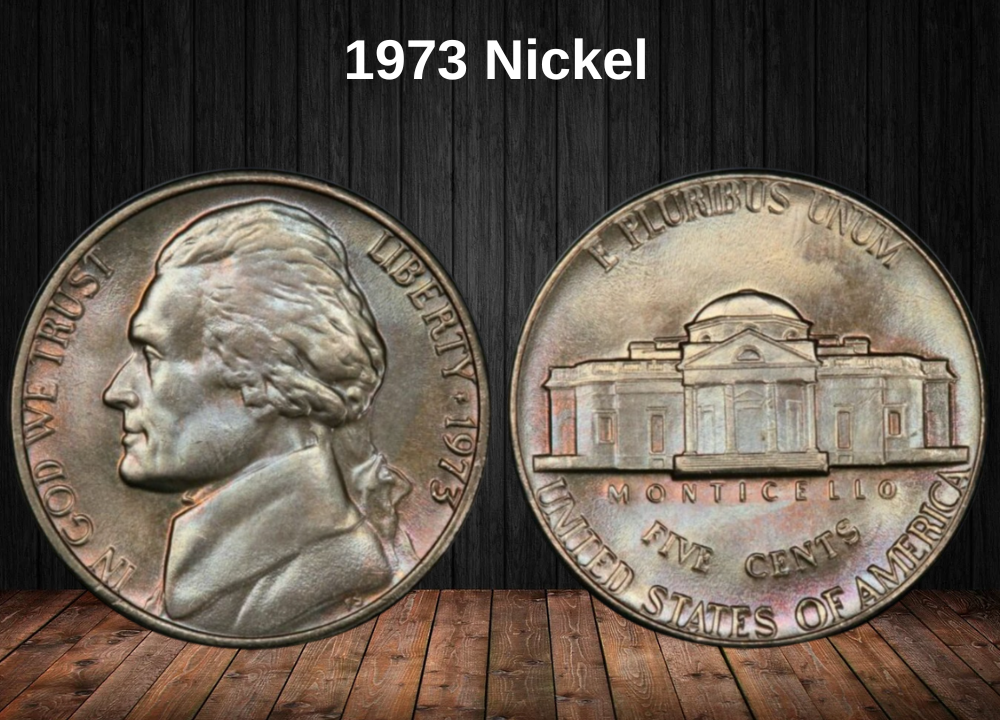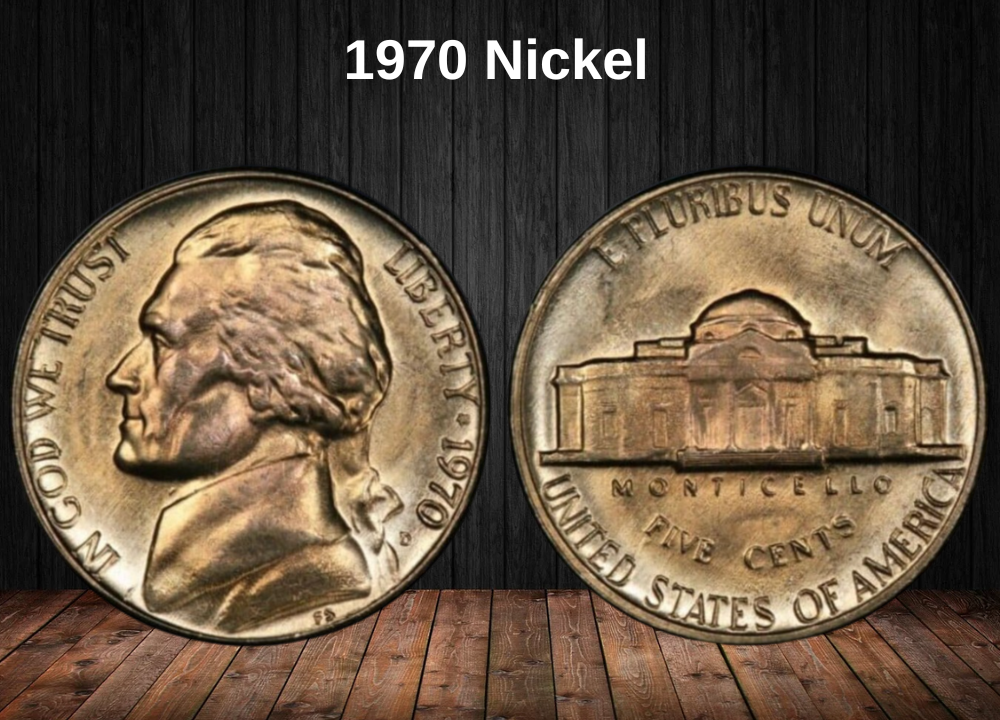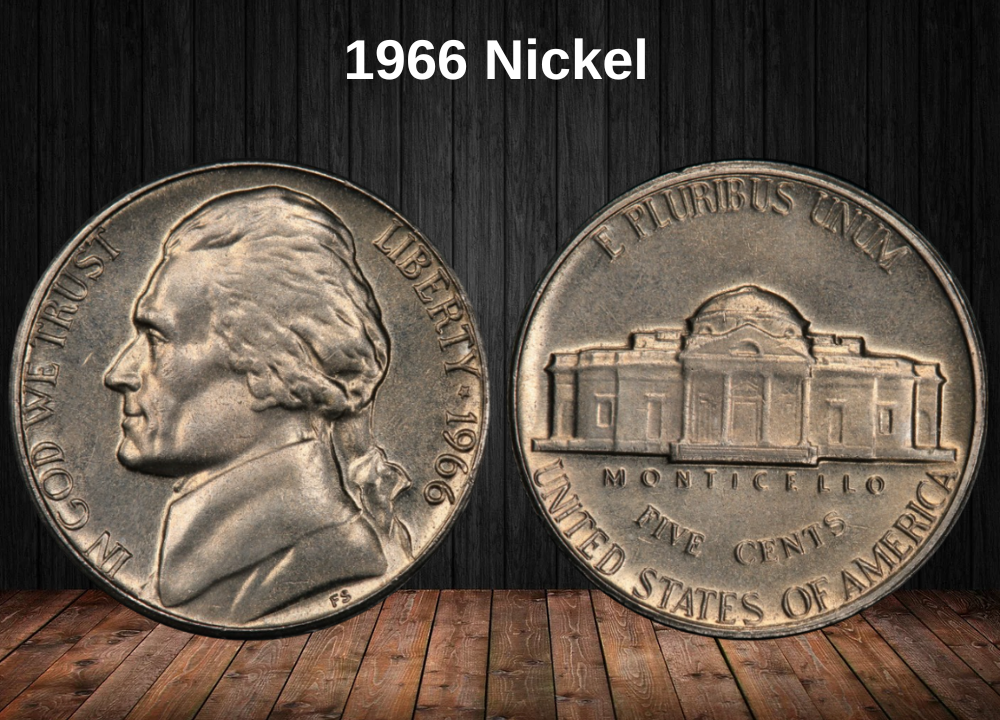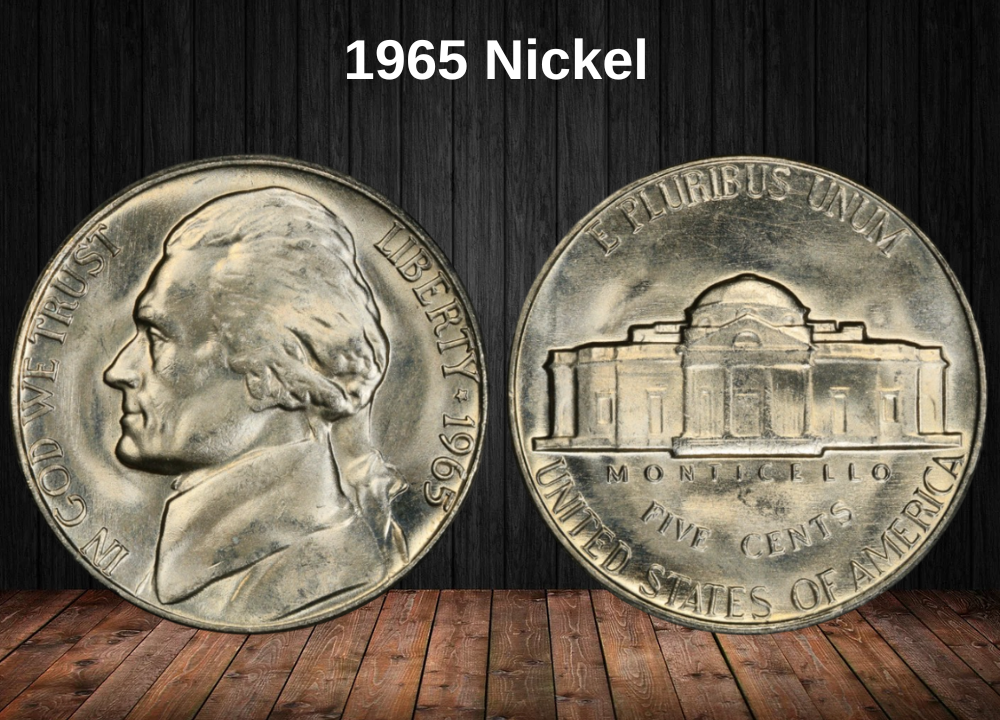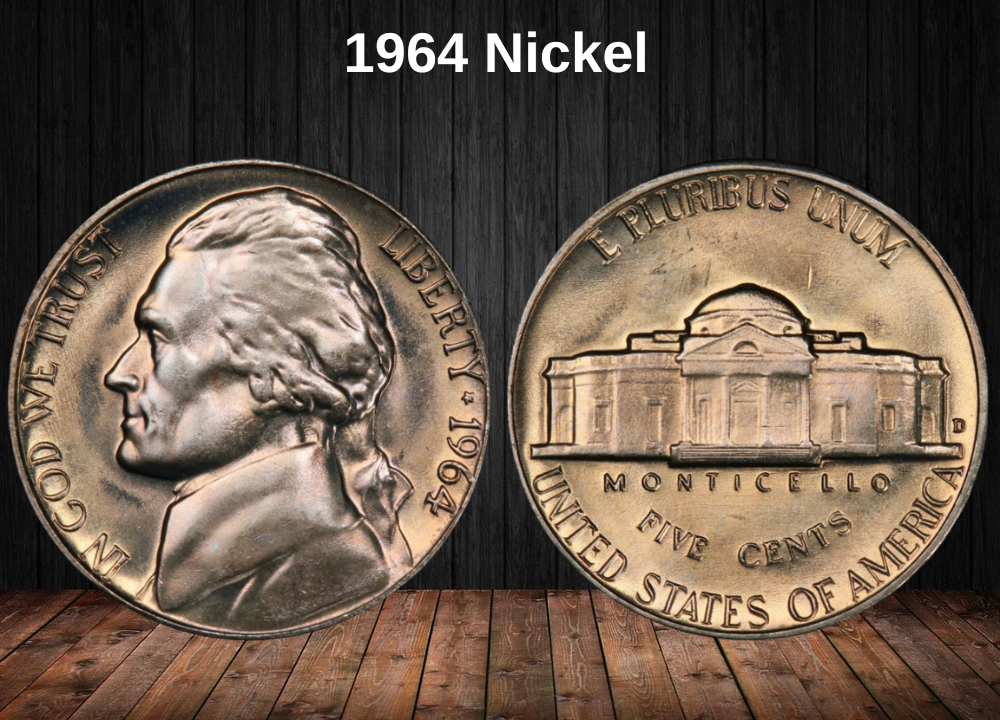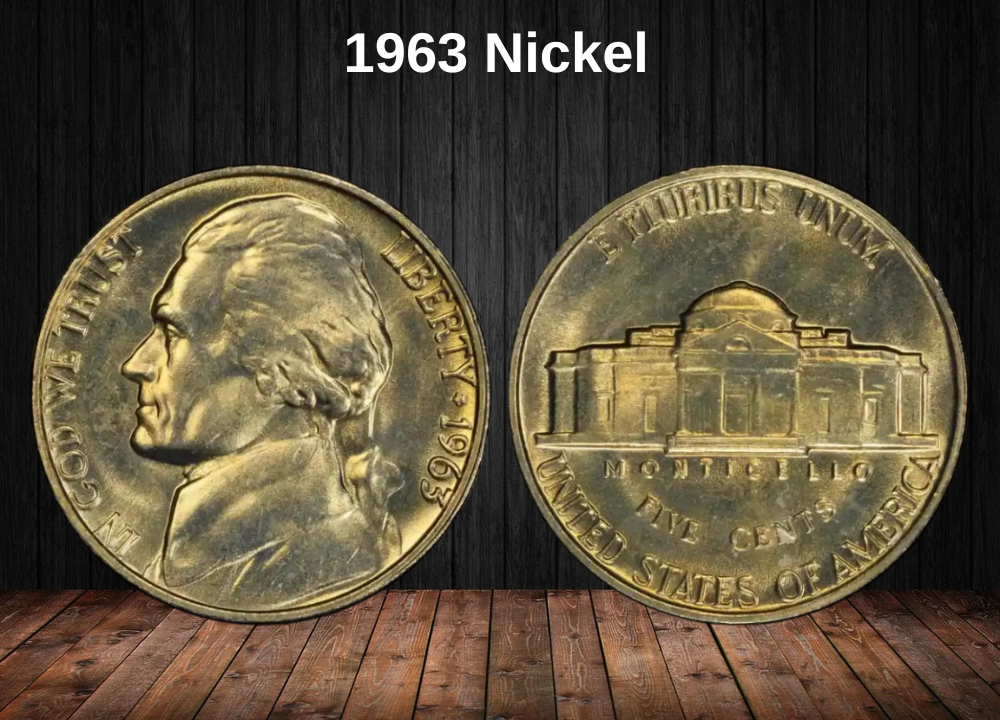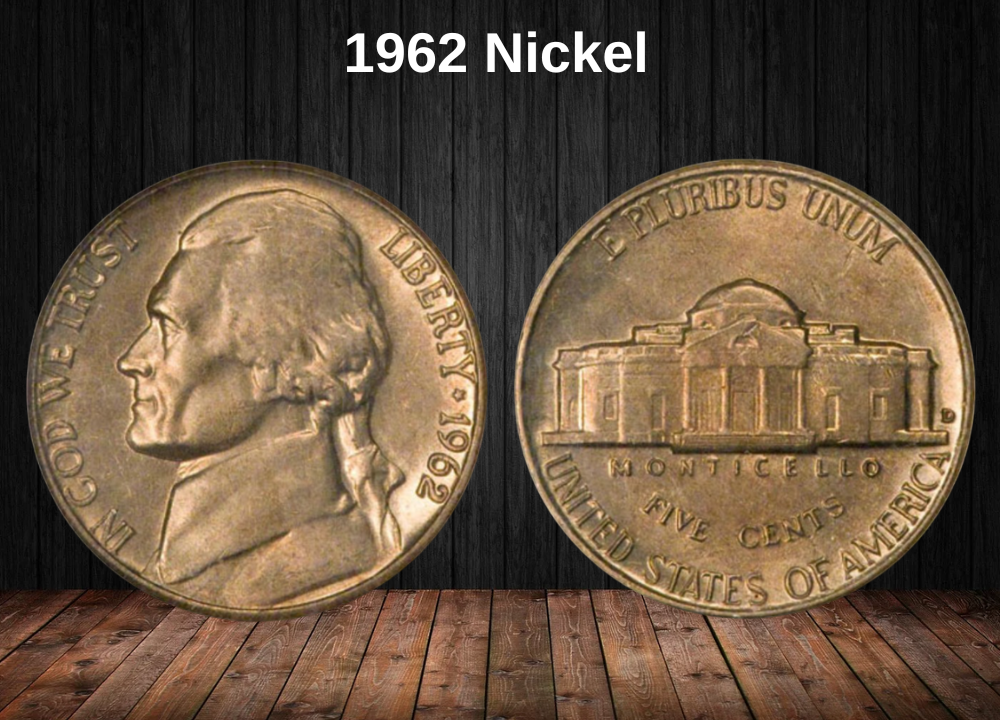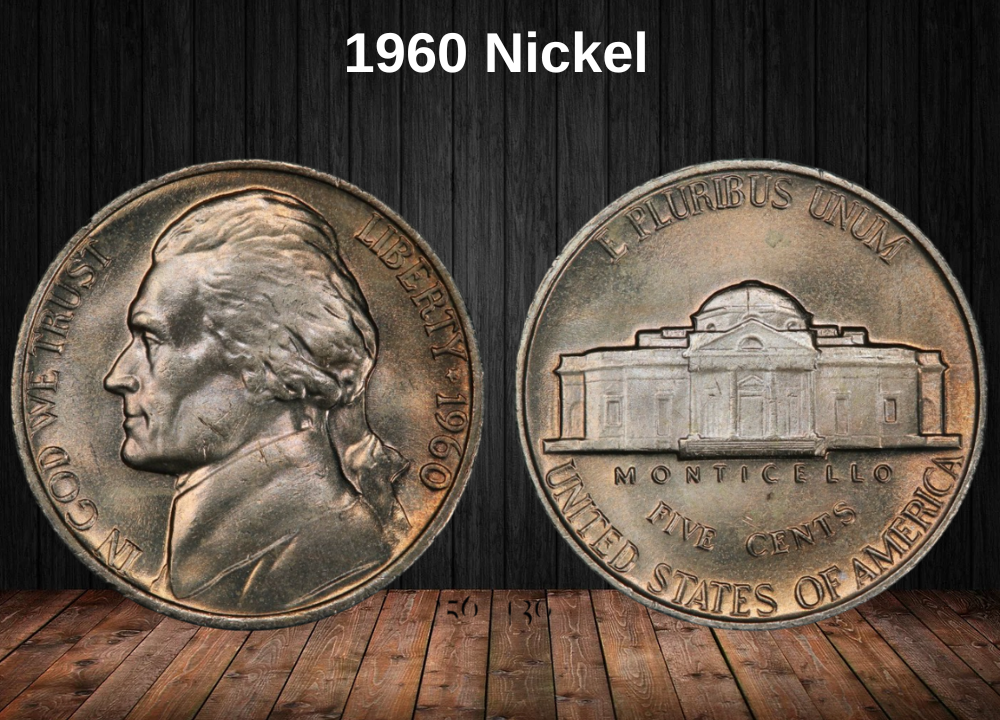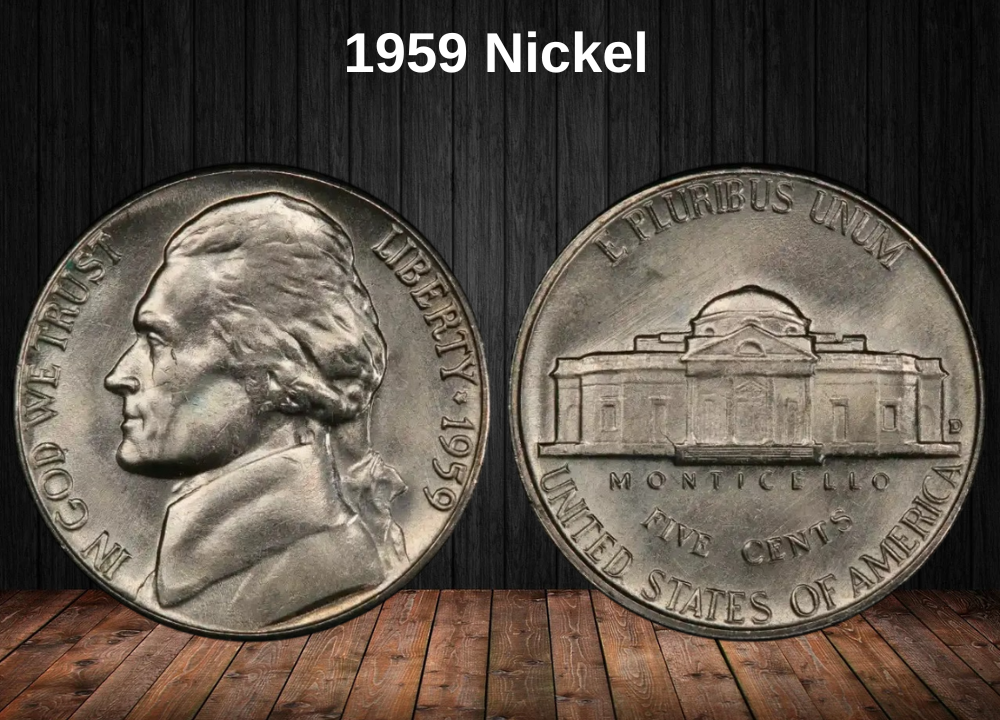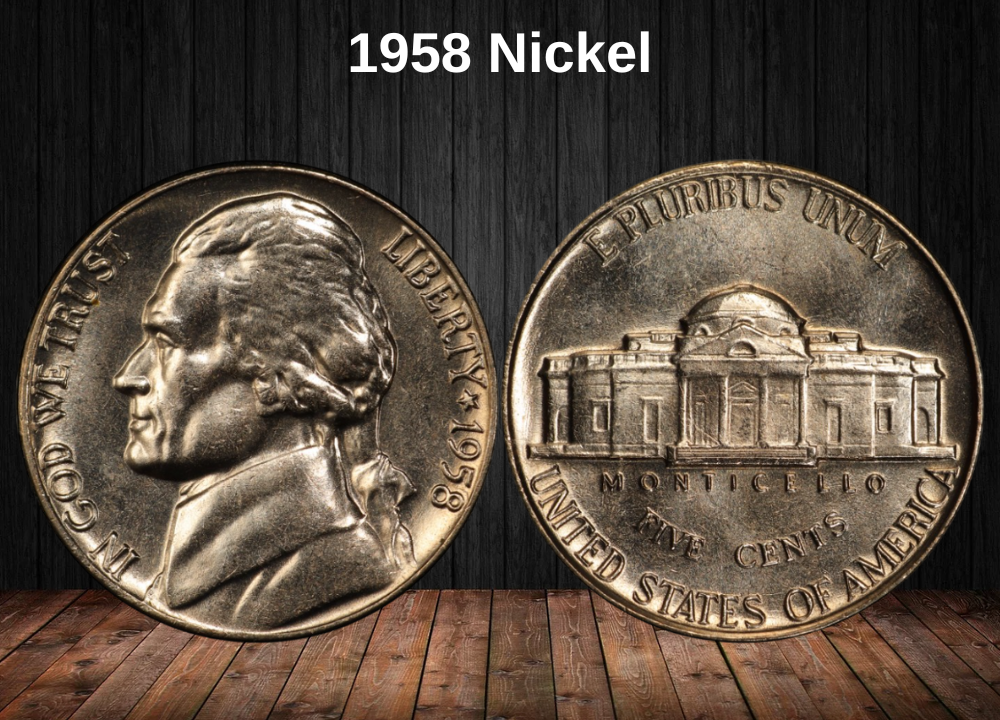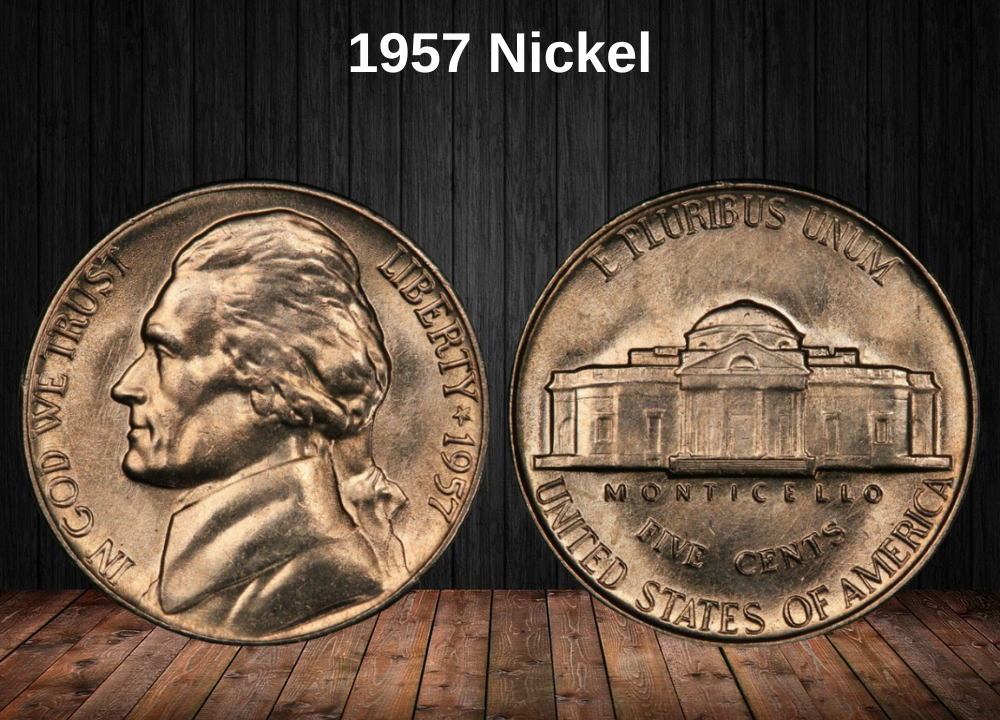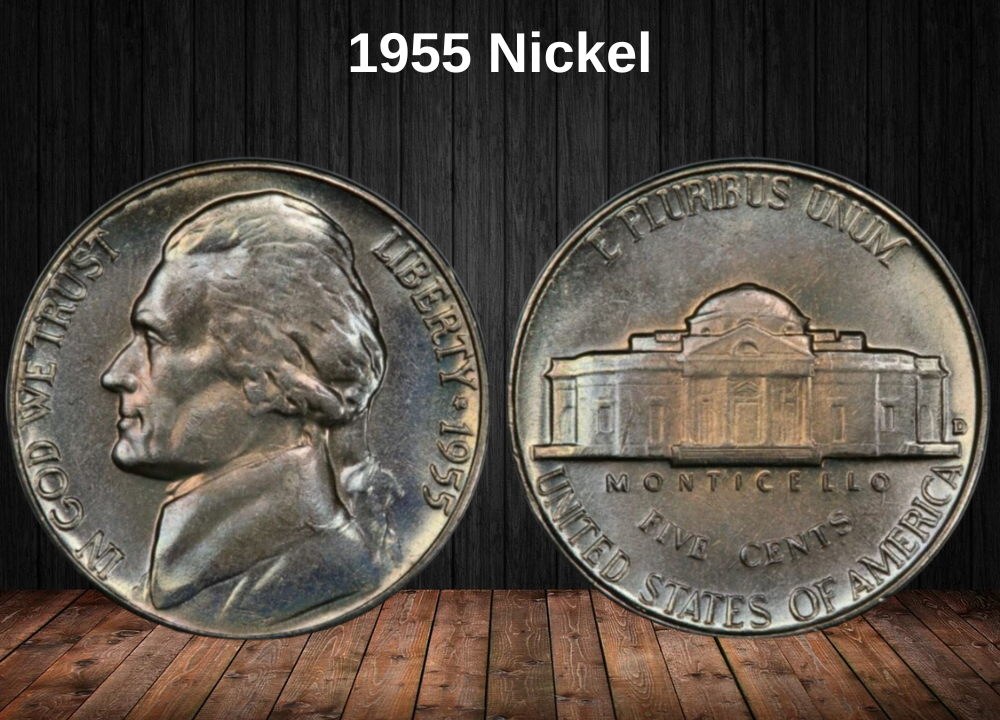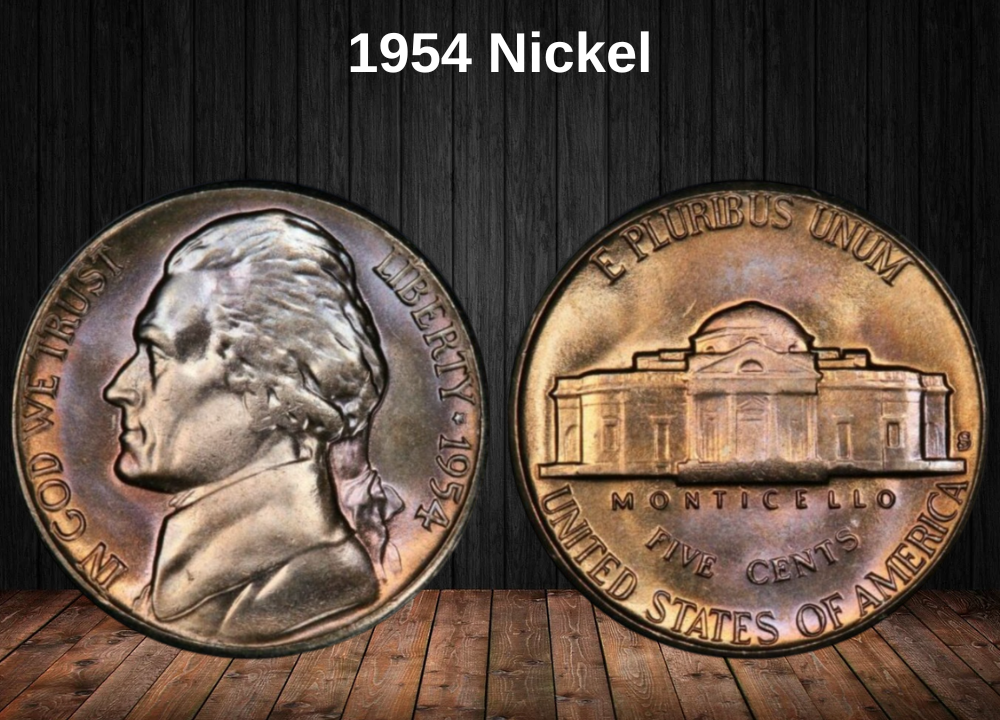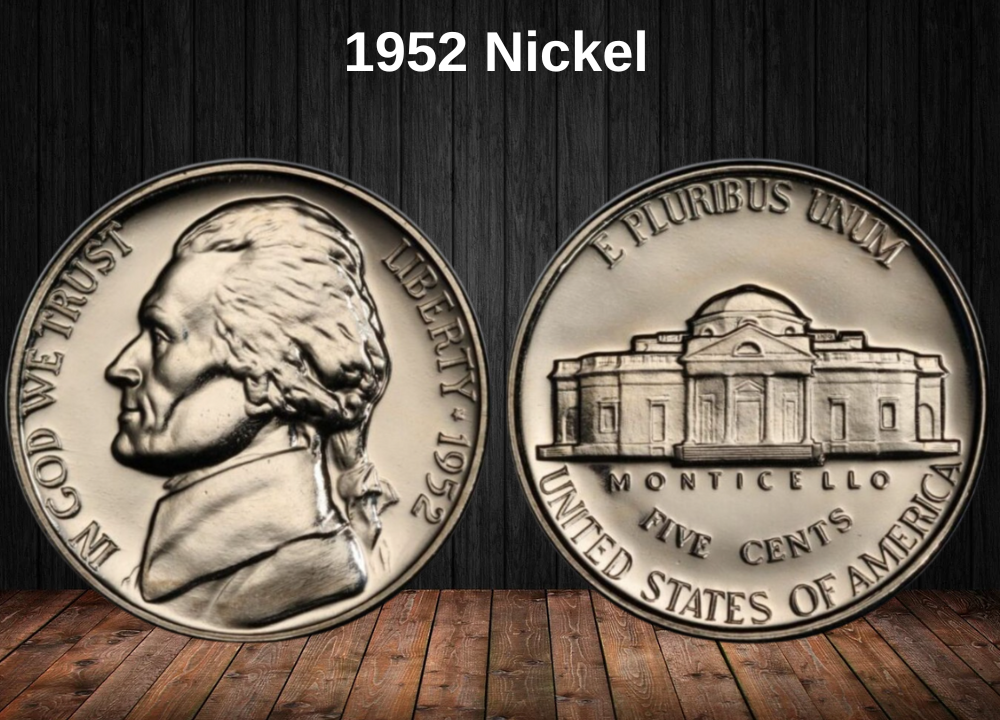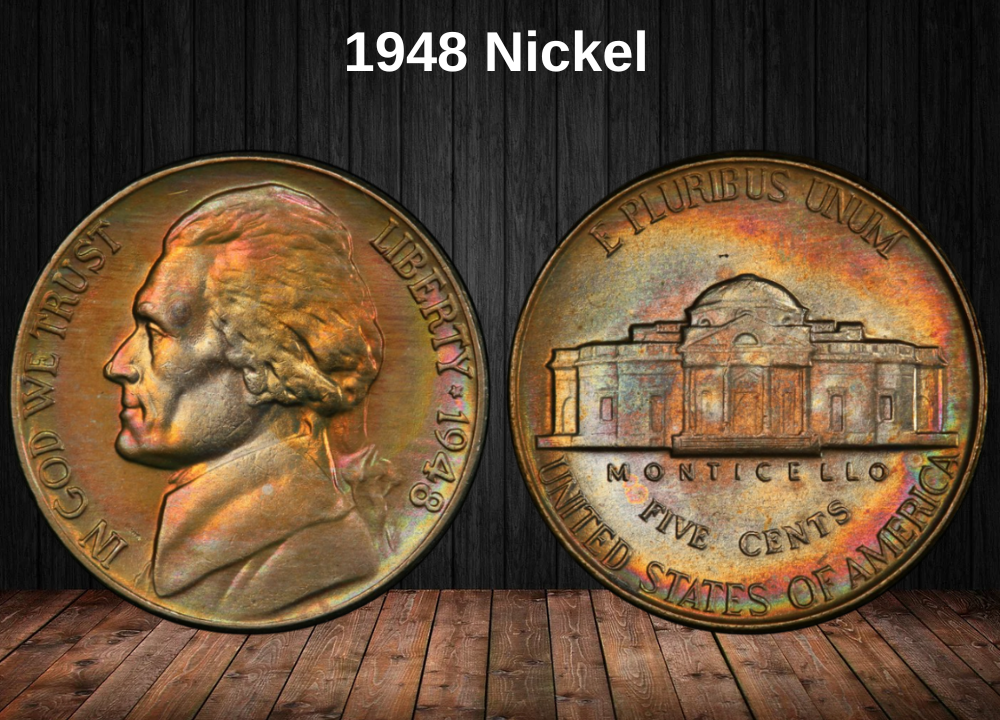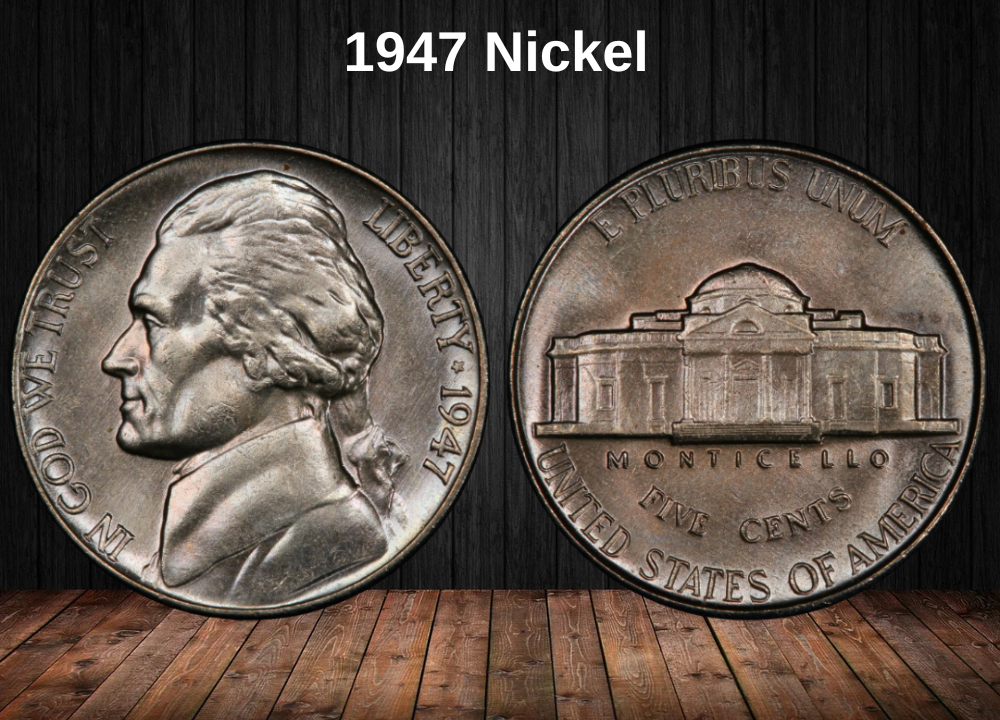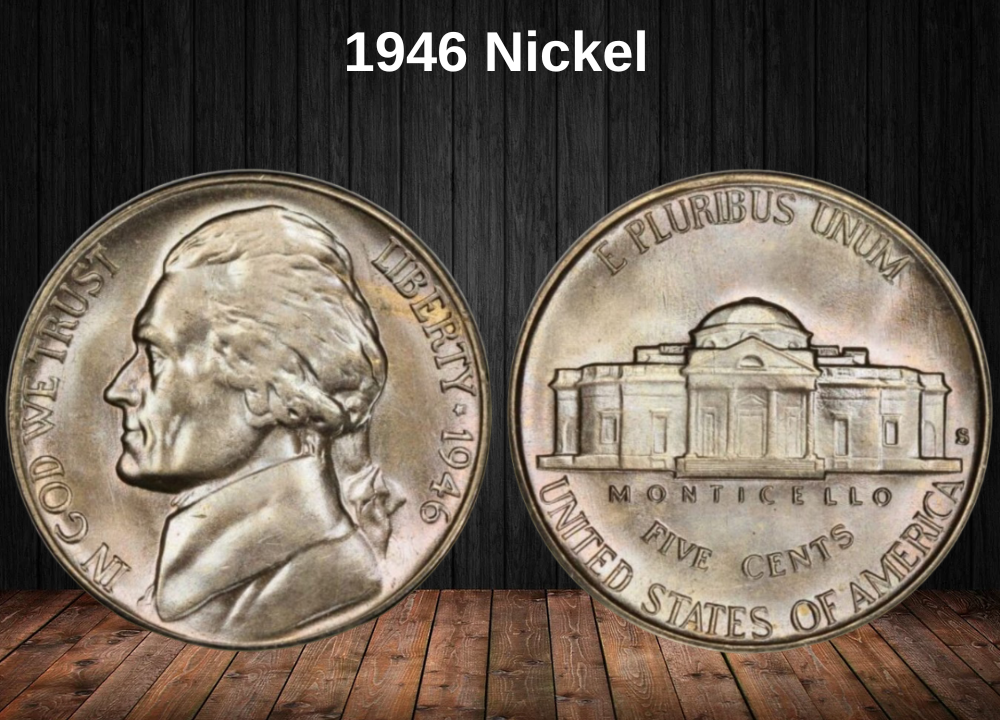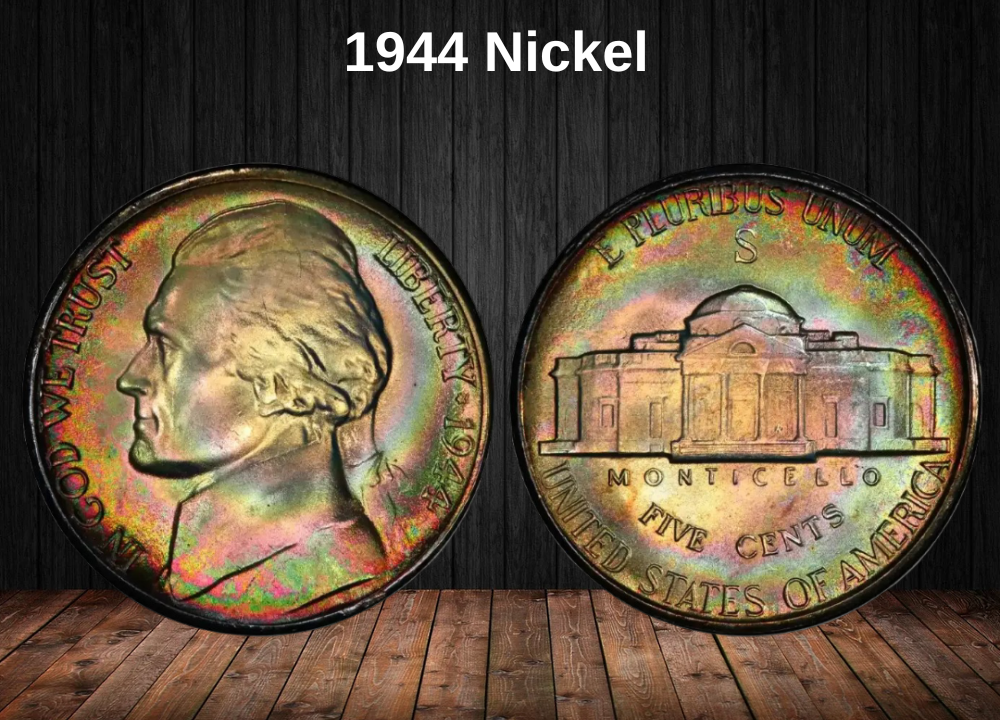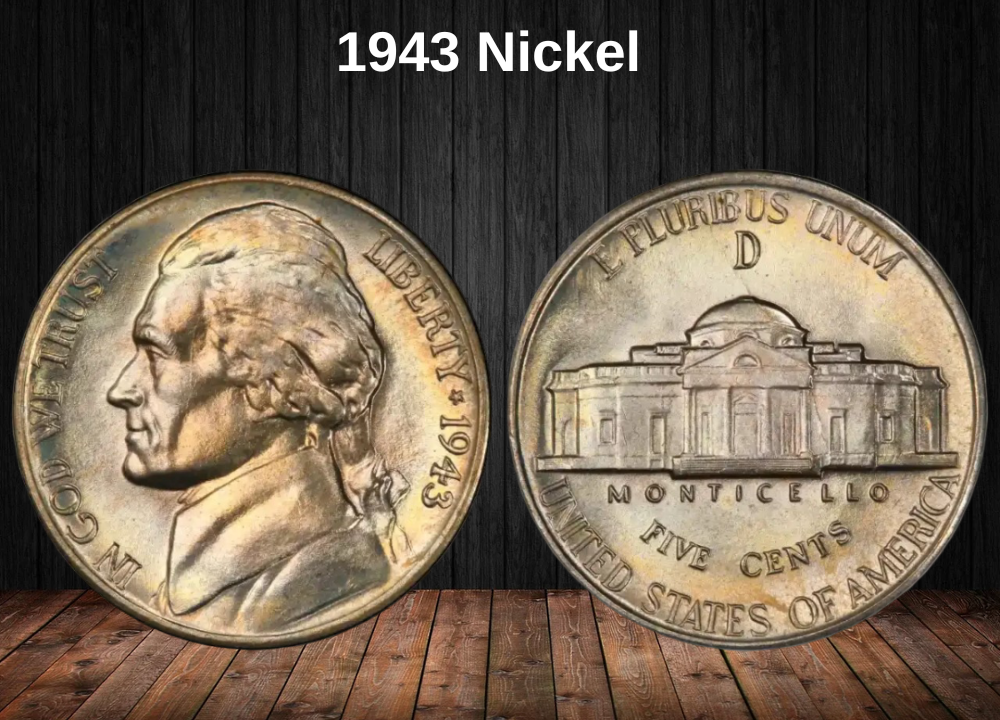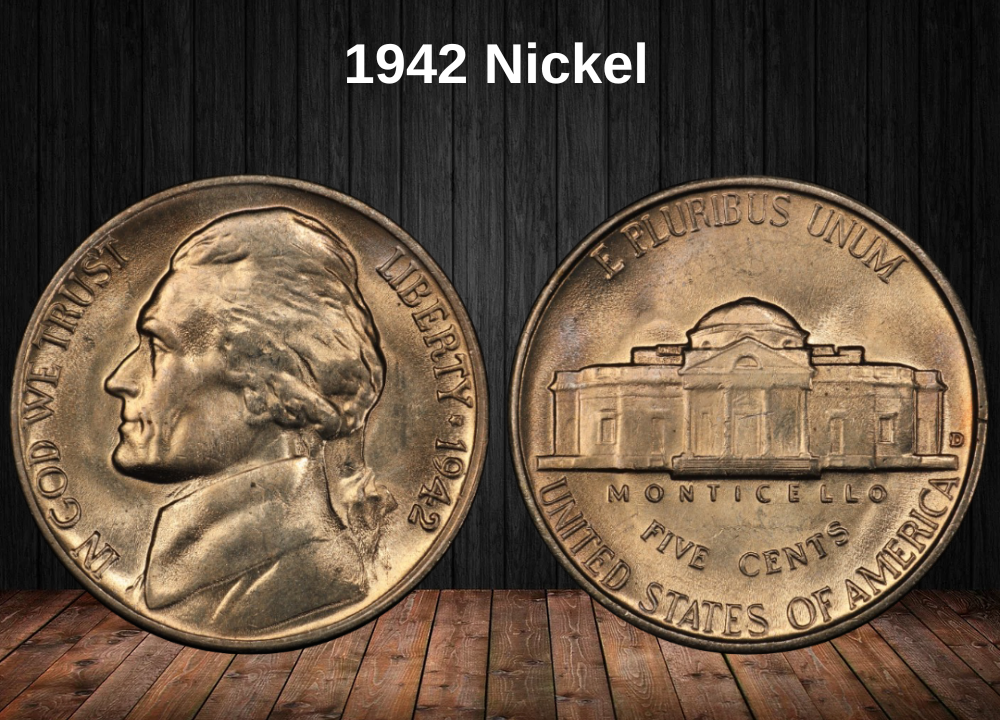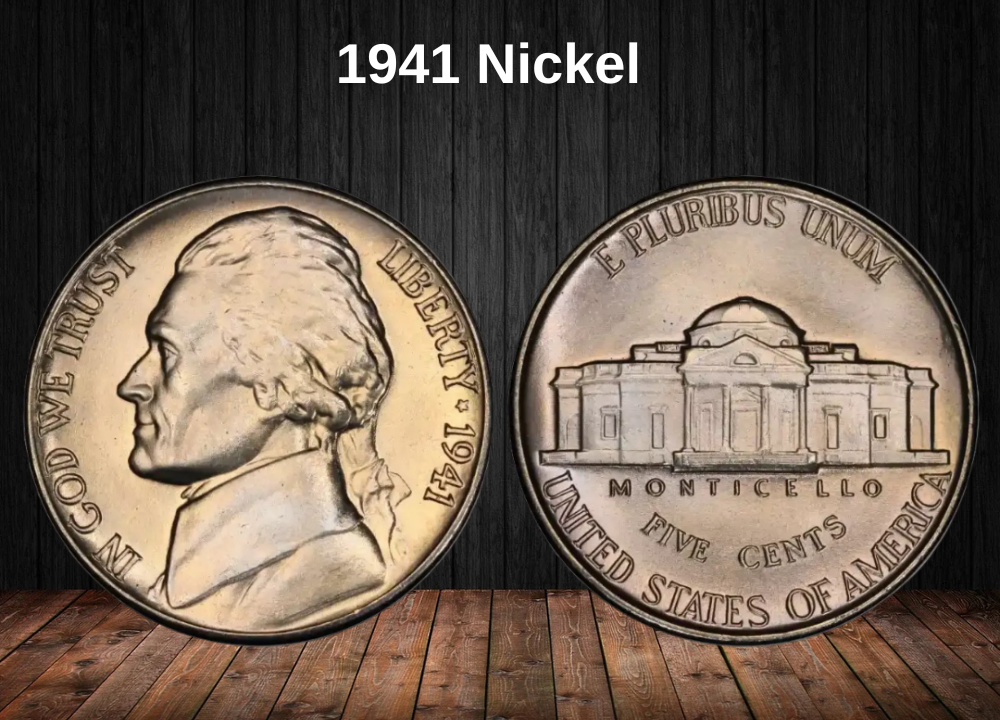The Liberty Head nickel, commonly referred to as the V-nickel, was produced from 1883 to 1912. Coins minted in 1911 represent the second-to-last year in the series, making them a notable target for collectors. Interestingly, you can still occasionally find one of these older coins in circulation.
In most cases, a 1911 Liberty nickel is worth more than its face value. There are two types of these coins: business strikes (regular coins) and proofs, each with its own market demand. Furthermore, the coin’s condition and its original luster play a major role in determining its final price.
1911 Liberty Nickel Value Chart (No Mint Mark)
| Condition | Estimated Value |
|---|---|
| Good (G) | $14 |
| Very Good (VG) | $16 |
| Fine (F) | $20 |
| Very Fine (VF) | $30 |
| Extra Fine (XF) | $50 |
| About Uncirculated (AU) | $70 |
| Mint State 60 (MS60) | $120 |
| Mint State 63 (MS63) | $175 |
| Proof 63 (PR63) | $350 |
History of the 1911 V Nickel
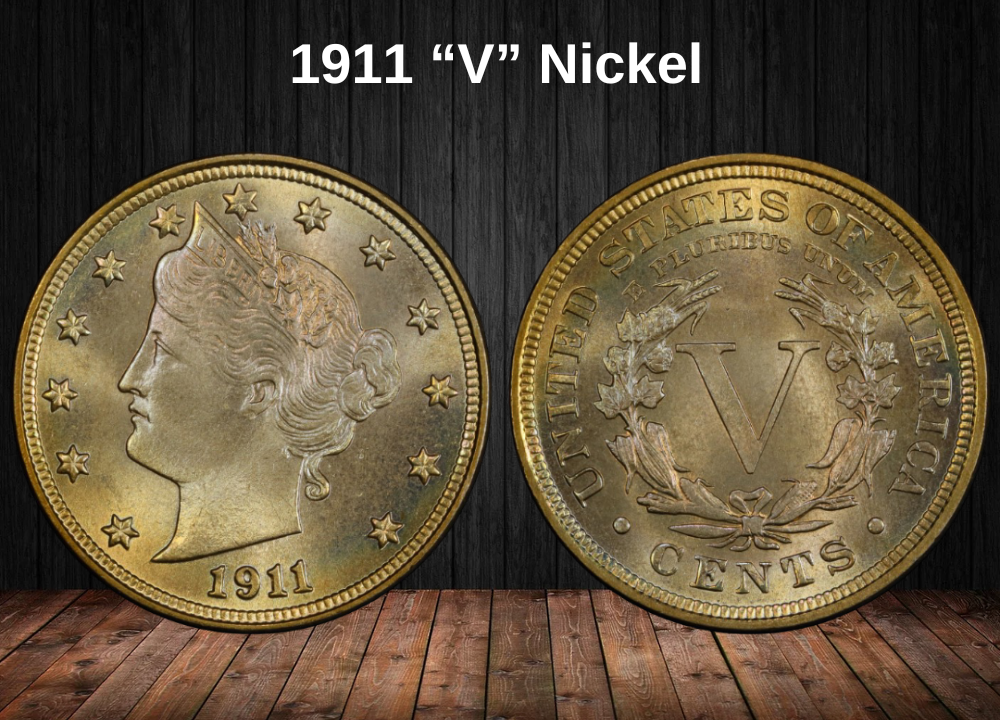
The Liberty Head nickel, commonly called the V nickel due to the large Roman numeral “V” (for five) on its reverse, was designed by Charles E. Barber. Contrary to popular belief, the “V” is not a letter—it represents the coin’s denomination of five cents.
The Philadelphia Mint released the first Liberty nickels on January 30, 1883, but these early coins lacked the word “CENTS.” Instead, they featured the Latin phrase “E PLURIBUS UNUM” beneath the wreath. Because the coin’s design closely resembled the $5 gold piece, some individuals plated them in gold and attempted to pass them off as real five-dollar coins.
To combat this problem, the Mint quickly revised the design. On June 26, 1883, Barber’s updated version included “CENTS” at the bottom of the reverse and moved the Latin motto to the top. This prevented further confusion and misuse.
1911 V Nickel Mintage and Types
| Mint | Year | Type | Mintage |
|---|---|---|---|
| Philadelphia | 1911 | No Mint Mark (Business Strike) | 39,557,639 |
| Philadelphia | 1911 | Proof Coins | 1,733 |
| Total Mintage | 39,559,372 |
The 1911 Liberty Head nickel holds the record for the highest mintage in the entire series, and all examples—both regular and proof—were produced in Philadelphia. As a result, none of the 1911 nickels bear a mint mark.
This changed in 1912, when the Mint struck nickels not only in Philadelphia but also in Denver and San Francisco, making 1911 the final year where all Liberty nickels were struck without a mint mark.
The Mystery of the 1913 V Nickel
Although official production of the Liberty Head nickel ended in 1912, an unusual event occurred the following year. In 1913, five unauthorized Liberty nickels were mysteriously produced—despite the fact that the U.S. Mint never sanctioned their creation and no mint records exist to confirm them.
Today, these five 1913 V nickels are among the most valuable and famous coins in American history, each worth millions of dollars at auction. Their rarity, combined with their mysterious origins, makes them a legendary part of U.S. numismatics.
Features of the 1911 V Nickel
The obverse of the 1911 V nickel
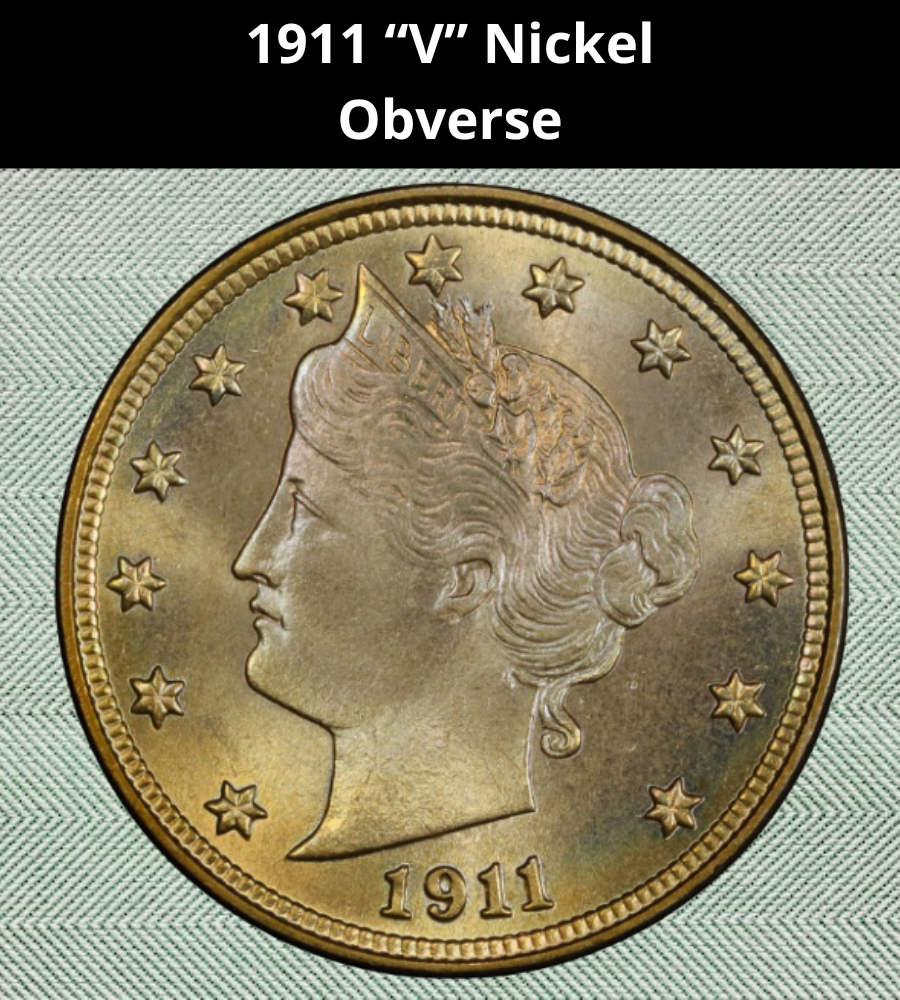
The obverse of the V nickel features a detailed portrait of Lady Liberty in the center, her profile facing left. Her finely styled hair is adorned with agricultural elements like cotton blossoms, grape leaves, corn, and wheat, symbolizing American prosperity. She also wears a crown inscribed with the word “LIBERTY.”
This crown serves as a divider between six stars along the left rim of the coin and seven stars that curve around behind her head on the right, representing the original 13 U.S. colonies. At the bottom of the design, the date “1911” is clearly struck beneath Liberty’s neck.
The reverse of the 1911 V nickel
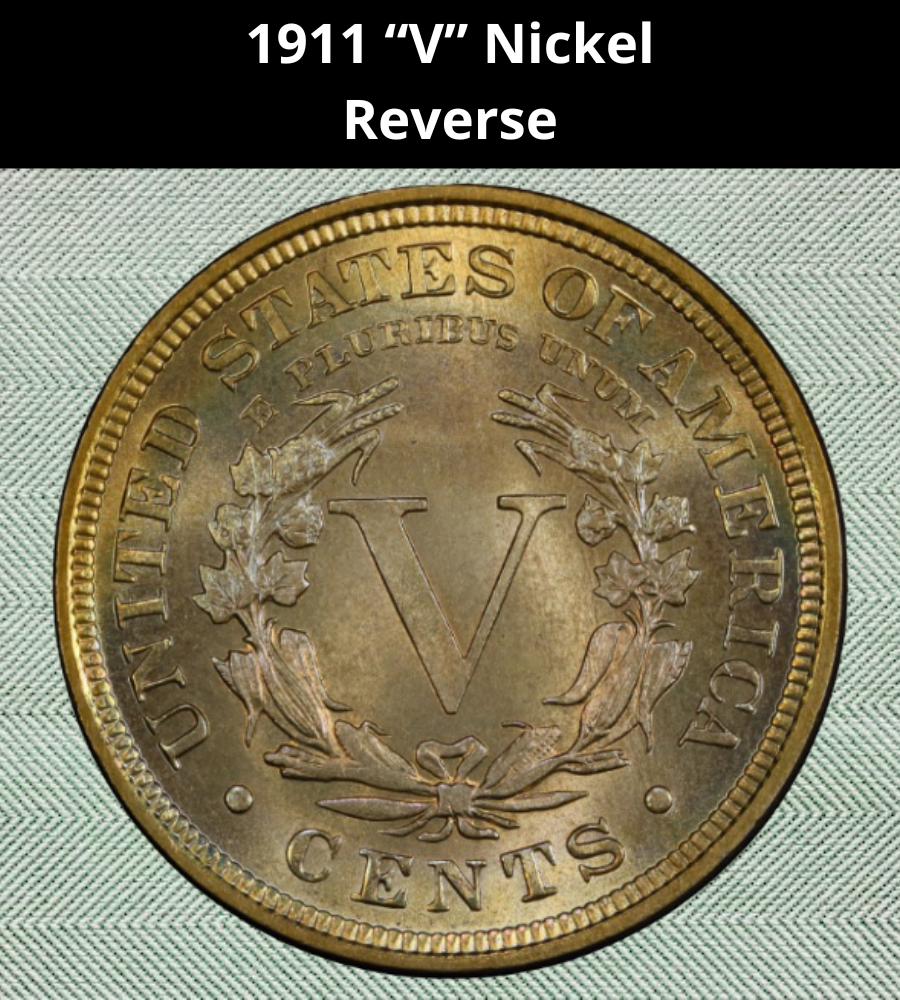
The reverse side of the 1911 Liberty Head nickel is what earned the coin its popular name—the “V nickel.” At the center sits a bold Roman numeral “V,” representing the coin’s five-cent denomination.
This central symbol is encircled by a decorative wreath composed of wheat, corn, and cotton, elements chosen to reflect the agricultural richness of the United States.
Encircling the outer edge of the coin is the inscription · UNITED STATES OF AMERICA · along with the word “CENTS” at the bottom—added in mid-1883 to prevent confusion with gold coins. Within the wreath, you’ll also find the familiar Latin motto “E PLURIBUS UNUM,” signifying the unity of the states.
Specifications of the 1911 V Nickel
- Face Value: Five cents ($0.05)
- Shape: Round
- Composition: Cupronickel (75% copper, 25% nickel)
- Diameter: 0.83504 inches (21.2 mm)
- Thickness: 0.07677 inches (1.95 mm)
- Weight: 0.17637 ounces (5 grams)
- Edge: Plain
Additional Characteristics of the 1911 V Nickel
The 1911 V nickels, also called Liberty Head nickels, are stylish five-cent coins composed of a copper-nickel alloy. Each coin features a plain edge and measures approximately 0.07677 inches (1.95 mm) in thickness. The weight of every specimen is about 0.17637 ounces (5 grams), while the standard diameter is 0.83504 inches (21.2 mm).
1911 V Nickel Grading Overview
For many collectors—especially beginners—coin grading can seem quite challenging. However, anyone can perform a basic assessment by following the well-known Sheldon grading scale and its guidelines.
That said, this rough evaluation is often not enough when dealing with rare, old, or valuable coins. Even the smallest, nearly invisible flaw can drastically affect a coin’s value—sometimes turning a modest few dollars into thousands. This is why professional grading and appraisal are crucial for serious collectors.
Sheldon Grading Scale (Simplified)
| Grade Number | Grade Name |
|---|---|
| 1 | Basal State-1 |
| 2 | Fair |
| 3 | Very Fair |
| 4, 5, 6 | Good |
| 7, 8, 10 | Very Good |
| 12, 15 | Fine |
| 20, 30 | Very Fine |
| 40 | Extremely Fine |
| 50 | About Uncirculated |
| 60 | Mint State |
| 65 | Mint State |
| 70 | Mint State (Perfect) |
For an accurate valuation, it’s essential to consult detailed grading guides and possibly seek a professional coin grader. Understanding your coin’s precise grade is the key step in determining its true market worth.
1911 V Nickel Value Guides
1911 V No Mint mark Nickel Value
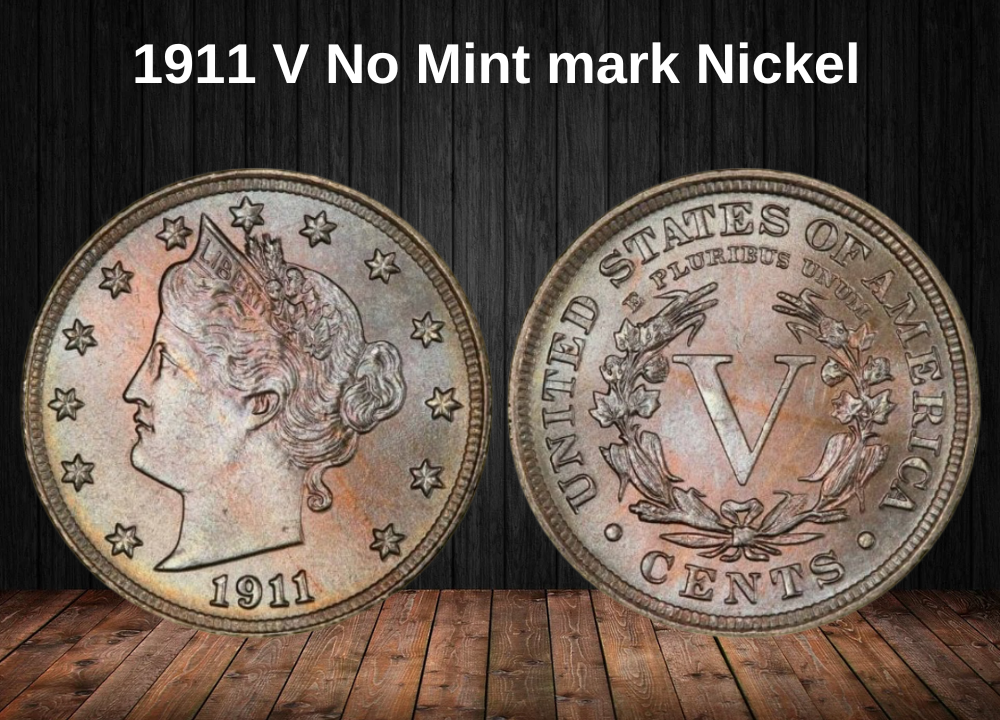
In 1911, the Philadelphia Mint was the sole producer of the Liberty Head nickels, resulting in all coins from that year bearing no mint mark. Collectors should know there are two main types: regular business strikes and proof coins.
Thanks to a large mintage of 39,557,639 regular nickels, these coins are generally affordable. Even the lowest-grade collectible examples can be found for around $1. Circulated nickels in better condition typically range in value from $10 to $70.
When it comes to uncirculated (mint state) specimens, values vary widely depending on grade:
- MS 60 to MS 64: Between $120 and $265
- MS 65: Approximately $550
- MS 66: Around $975
Although these prices might seem substantial, top-end coins can command significantly higher sums. For example, a 1911 Liberty Head nickel graded MS 67 can be worth as much as $9,500. In fact, the auction record for one of these coins was nearly double that amount—$14,688, paid by a collector on September 3, 2015.
1911 V nickel Value (proof)
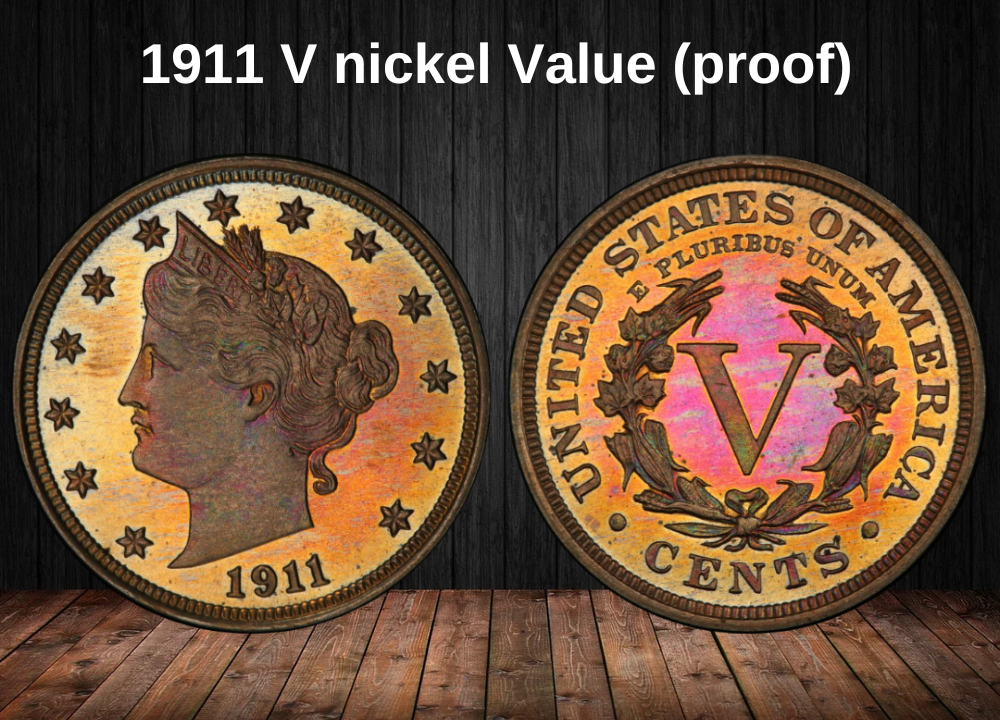
In 1911, alongside the regular no-mint-mark nickels, the Philadelphia Mint also produced a limited number of proof coins specifically for collectors. Exactly 1,733 proofs were struck, and many remain available to collectors today. As usual, their value depends heavily on condition and desirable characteristics.
Proofs graded between PR 60 and PR 63 generally range in value from $250 to $350. Higher-grade proof nickels typically command the following prices:
- PR 64: Around $450
- PR 65: Approximately $550
- PR 66: About $825
- PR 67: Roughly $1,750
Proof coins graded PR 68 are exceptionally rare and valuable, often fetching around $14,500 at auction.
Rare 1911 V nickel Errors List
Lamination error
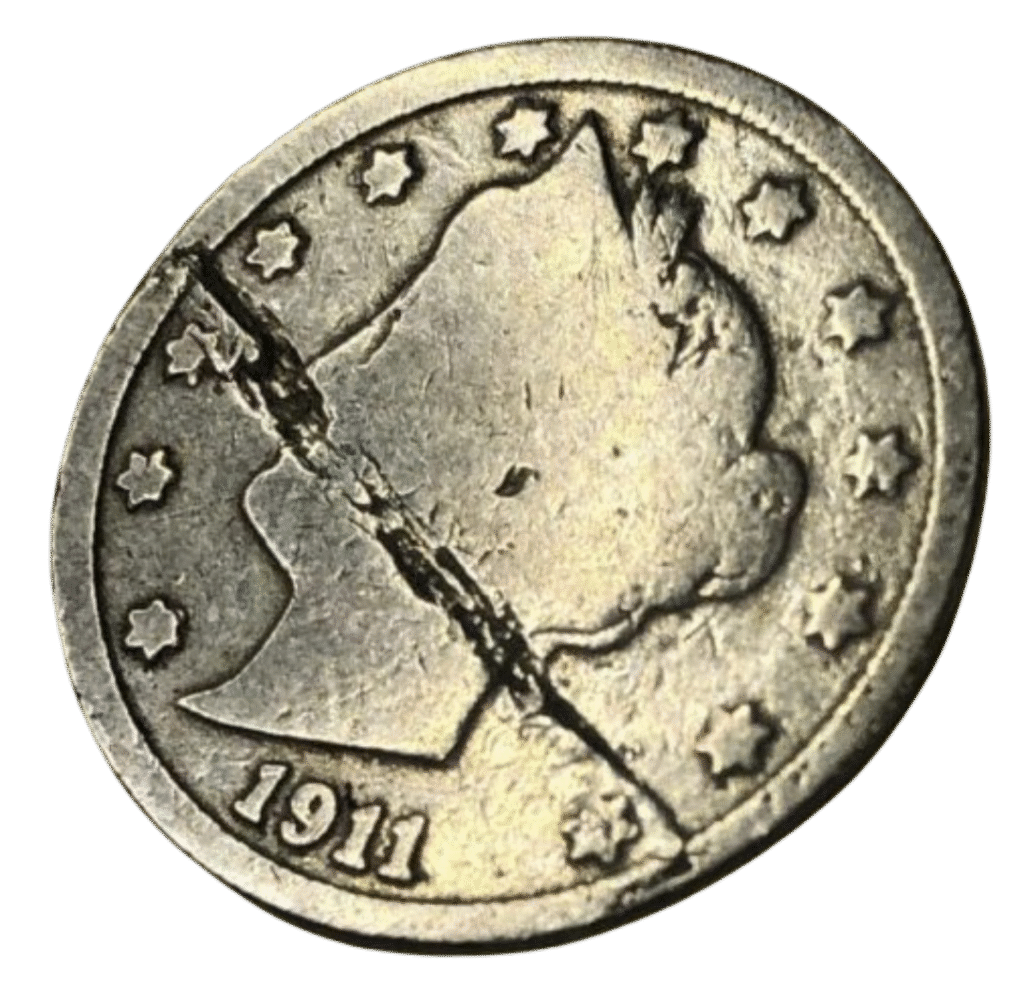
A lamination error occurs when the coin’s metal alloy doesn’t properly bond during production, often due to contamination. This causes the surface to crack or flake, resulting in visible imperfections.
This type of error is relatively common among 1911 V nickels, and affected coins typically sell for between $8 and $55. However, a few rare specimens with more pronounced lamination issues have been valued as high as $135.
Doubled die lamination error
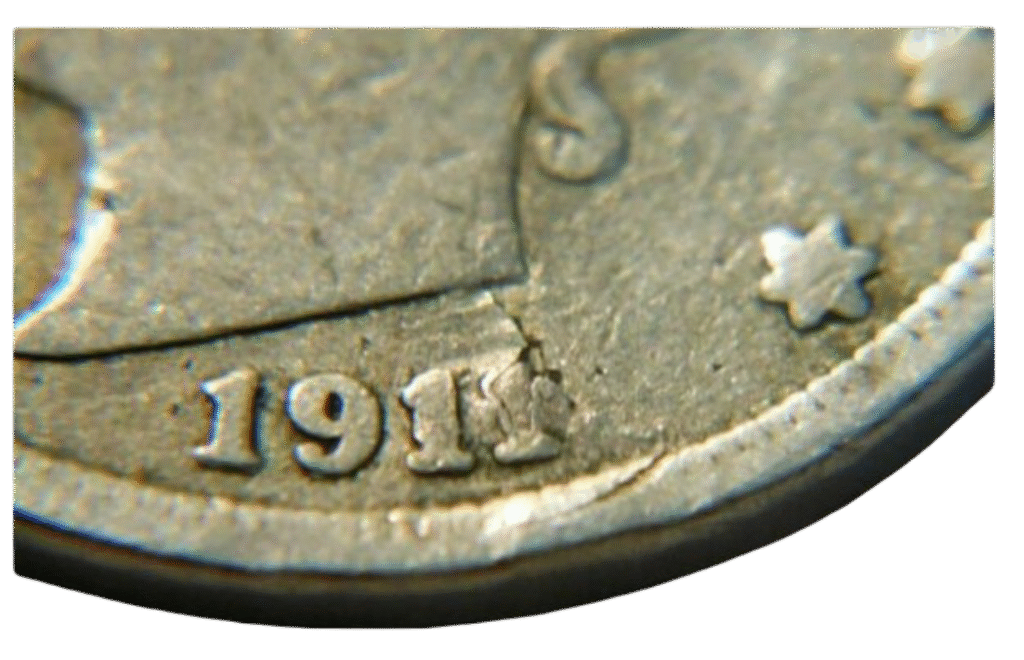
Occasionally, a coin may exhibit multiple errors simultaneously. For example, a 1911 V nickel might show a doubled die effect on the date, combined with surface cracking caused by lamination issues.
Coins featuring this combination of errors are quite sought after by collectors and can fetch approximately $90 at auctions.
Broadstrike Error
Broadstrike errors occur when the collar die breaks, allowing metal to spread beyond the normal boundaries during striking. This results in a coin with an unusually wide diameter, a flattened or missing rim, and a thinner overall thickness compared to a standard nickel.
Clipped Planchet Error
A clipped planchet error happens when a coin is struck on a planchet (metal blank) that is missing a portion along its edge. The missing piece can have various shapes—straight, elliptical, curved, ragged, or incomplete—and this irregularity directly influences the coin’s value.
Brockage Error
Brockage errors arise during minting when a coin is struck with one side showing a normal design, while the other side bears a mirror-image impression of the same design. These unusual coins often command a premium price, although the exact value varies depending on condition and rarity.
Strike (Planchet) Error
Strike errors occur when the coin is improperly positioned or misaligned during the striking process. This can lead to off-center images, partial strikes, or other deformities.
Coins with strike errors generally sell for more than standard examples, typically ranging from $20 to $50 depending on the coin’s appearance and severity of the error. Errors made while attempting to cover or fix previous defects during minting can also create sought-after collectible pieces.
Where to sell your nickel?
Now that you’re aware of your nickel’s value, you may be curious about the best places to sell it. Don’t worry: here’s a rundown of some top online marketplaces where you can conveniently sell your nickels, along with their benefits and drawbacks.
Explore the best platforms for selling nickels online (advantages and disadvantages).
FAQ about the 1911 V Nickel
1. What distinguishes the 1911 V Nickel from other Liberty Head nickels?
The 1911 V Nickel is part of the Liberty Head series minted from 1883 to 1913. It features the classic Liberty head on the obverse and a large Roman numeral “V” (five) on the reverse. Most 1911 nickels were struck without a mint mark at the Philadelphia Mint, but some were minted in San Francisco with an “S” mint mark. Its design and relatively low mintage make it particularly sought after by collectors.
2. How does the mint mark affect the value of a 1911 V Nickel?
The mint mark indicates where the coin was produced. Most 1911 nickels have no mint mark (Philadelphia), but those with an “S” mint mark from San Francisco are rarer and generally more valuable, especially in higher grades, due to their lower mintage.
3. What are the most important errors and varieties to look for in a 1911 V Nickel?
Key errors and varieties include:
- Doubled die: where design elements appear doubled, often noticeable on the obverse or reverse.
- Strike flaws: such as off-center strikes, weak strikes, or misaligned dies.
- Planchet or die defects: unusual marks, cracks, or irregularities that can increase a coin’s value if rare and distinct.
Collectors highly prize these varieties.
4. How does condition (grade) impact the value of a 1911 V Nickel?
Condition is crucial. Circulated coins with wear are less valuable, while uncirculated coins graded MS60 or higher can be worth many times more. Professionally graded coins by services like PCGS or NGC command premium prices and buyer confidence.
5. Are there common counterfeits or replicas of the 1911 V Nickel? How can I identify them?
Yes, counterfeits exist, especially for valuable dates or varieties. Replicas often have less detail, incorrect weight, or different metal composition. To avoid fakes, verify the coin’s weight and dimensions, inspect fine design details with magnification, and buy from reputable dealers or certified coins.
6. Where and how can I safely buy or sell a 1911 V Nickel?
Trusted options include:
- Reputable coin auctions and numismatic houses.
- Established coin dealers with good track records.
- Secure online marketplaces like Heritage Auctions or eBay (with buyer protection).
Professional certification greatly helps ensure authenticity and fair pricing.
7. What historical factors contribute to the rarity and value of the 1911 V Nickel?
Low mintages for certain varieties, the approaching end of the Liberty Head series in 1913, and historical circulation patterns affect rarity. Coins that were removed from circulation early or saw less wear tend to be rarer and more valuable.
8. How should I properly care for and store my 1911 V Nickel to maintain its value?
To preserve your coin:
- Handle it only by the edges or with gloves to prevent oils or dirt from damaging the surface.
- Store it in protective holders, capsules, or coin albums designed for preservation.
- Keep it in a stable environment with controlled temperature and humidity.
- Avoid cleaning or polishing, which can damage the coin’s natural patina and reduce value.

